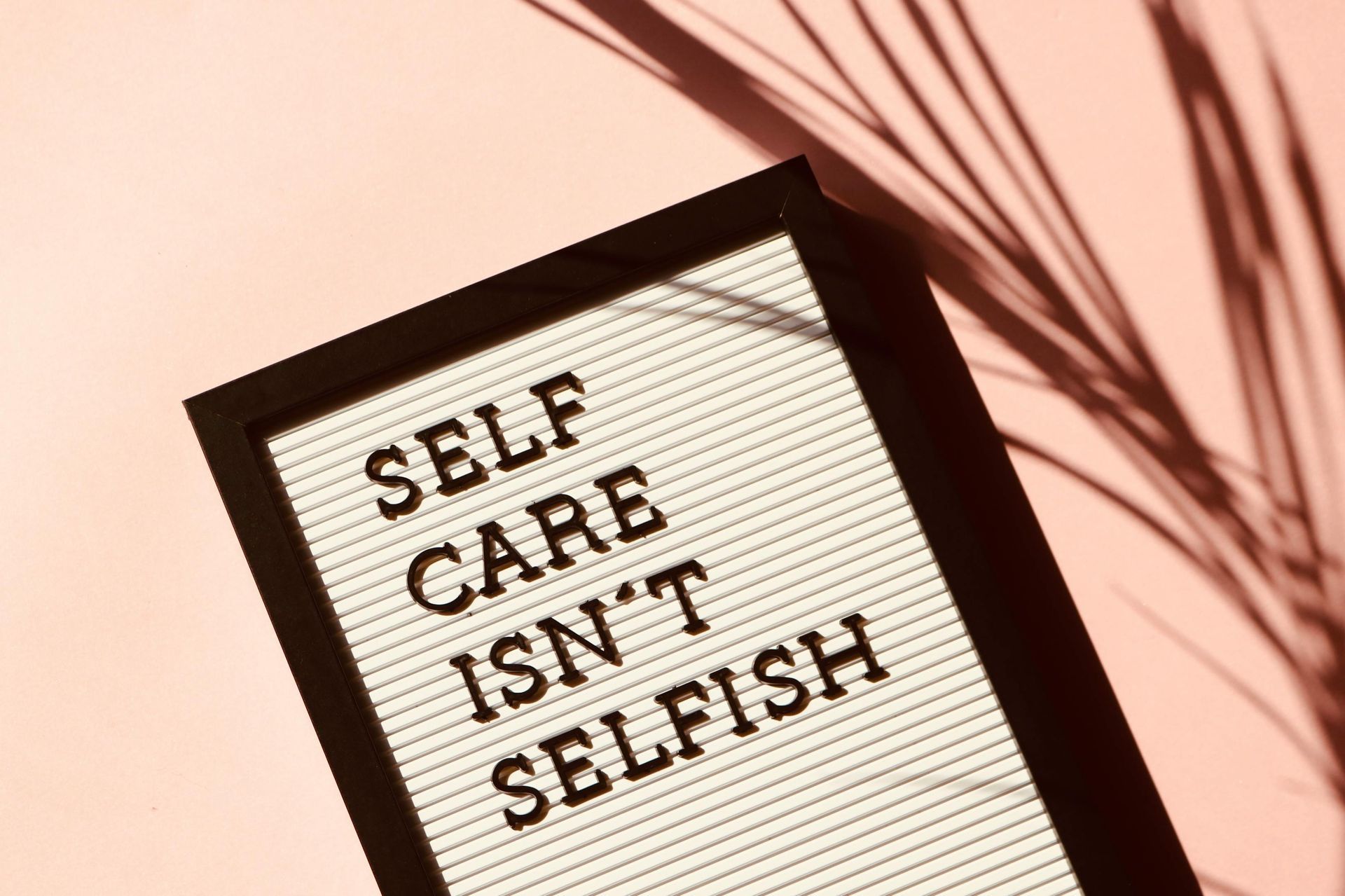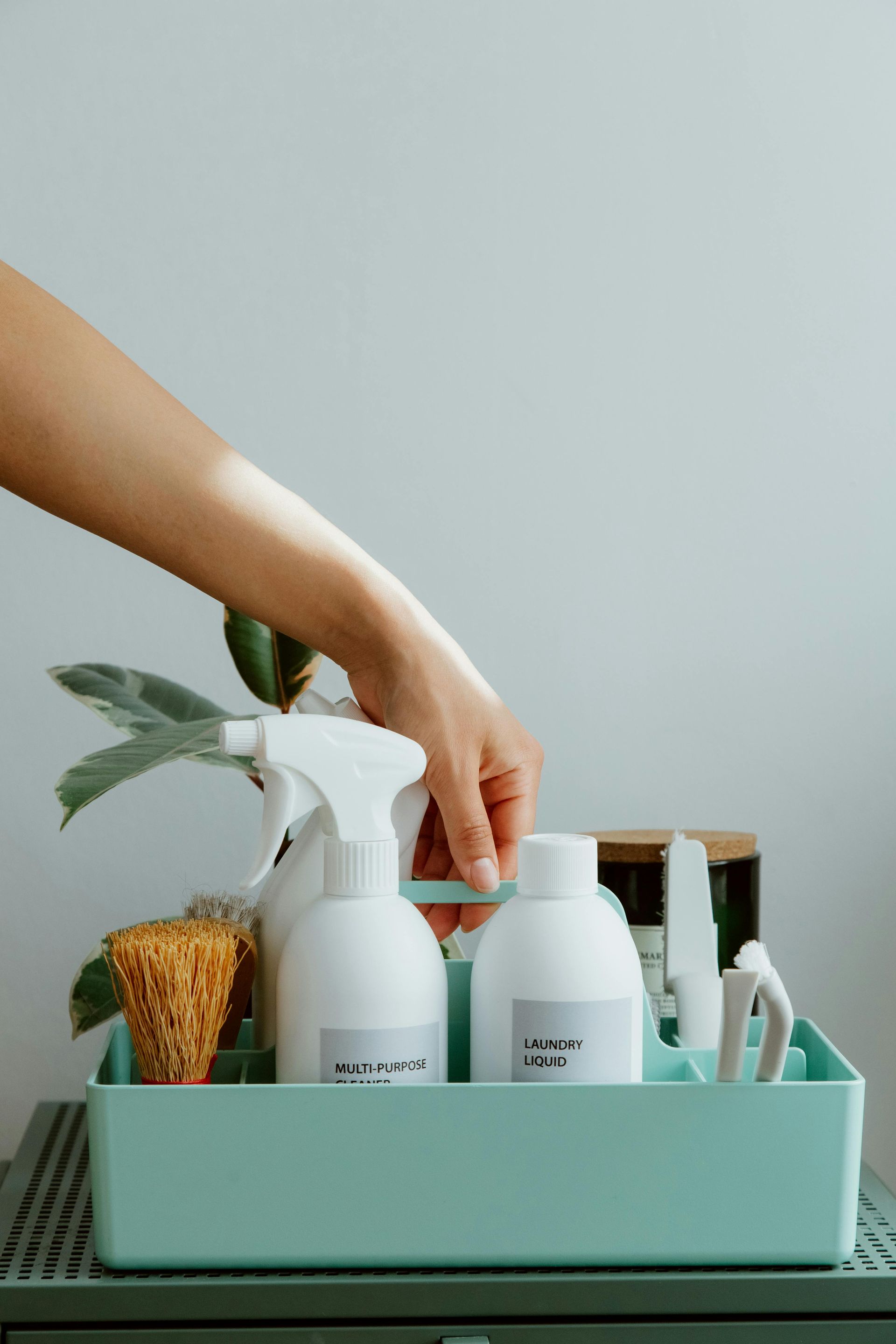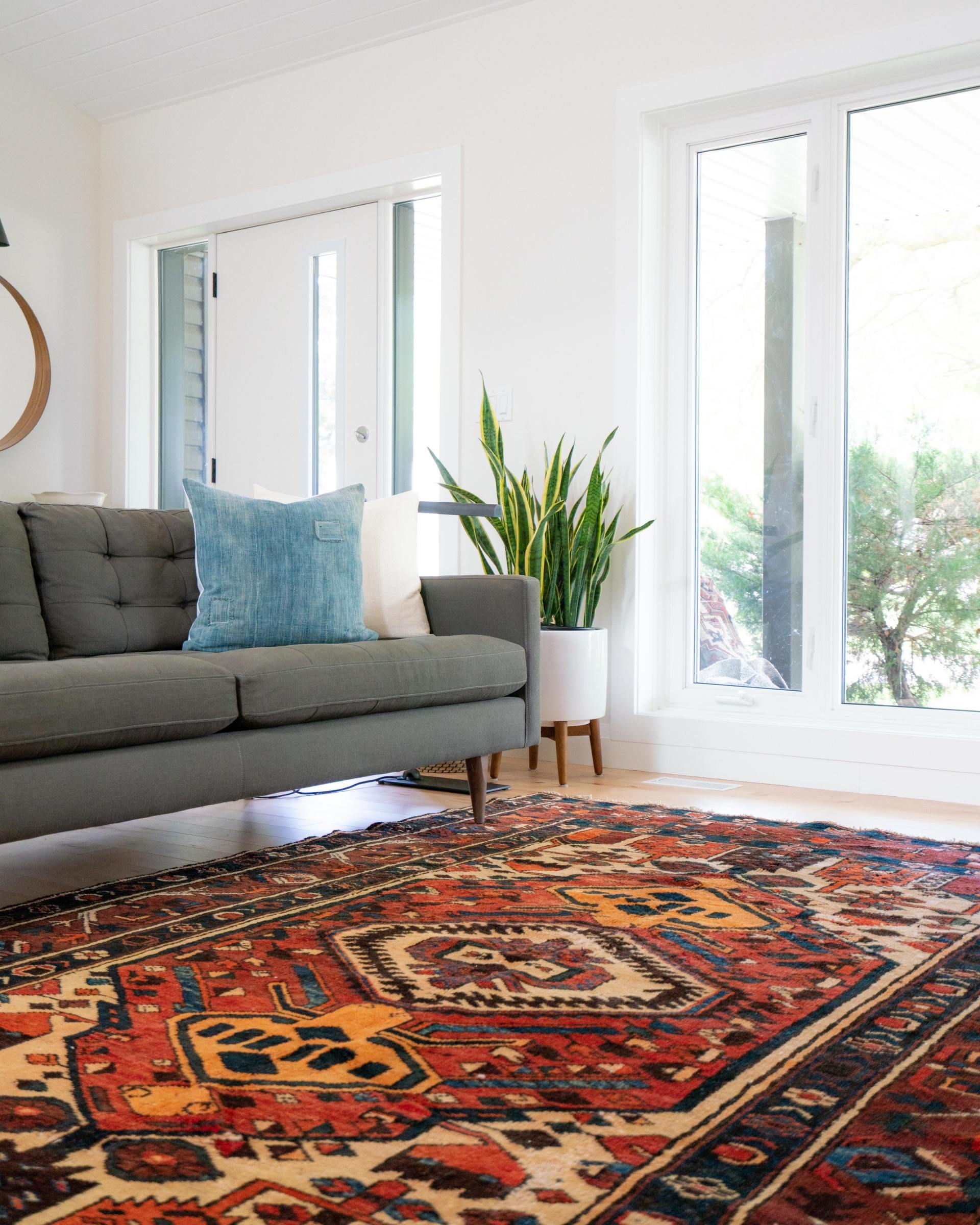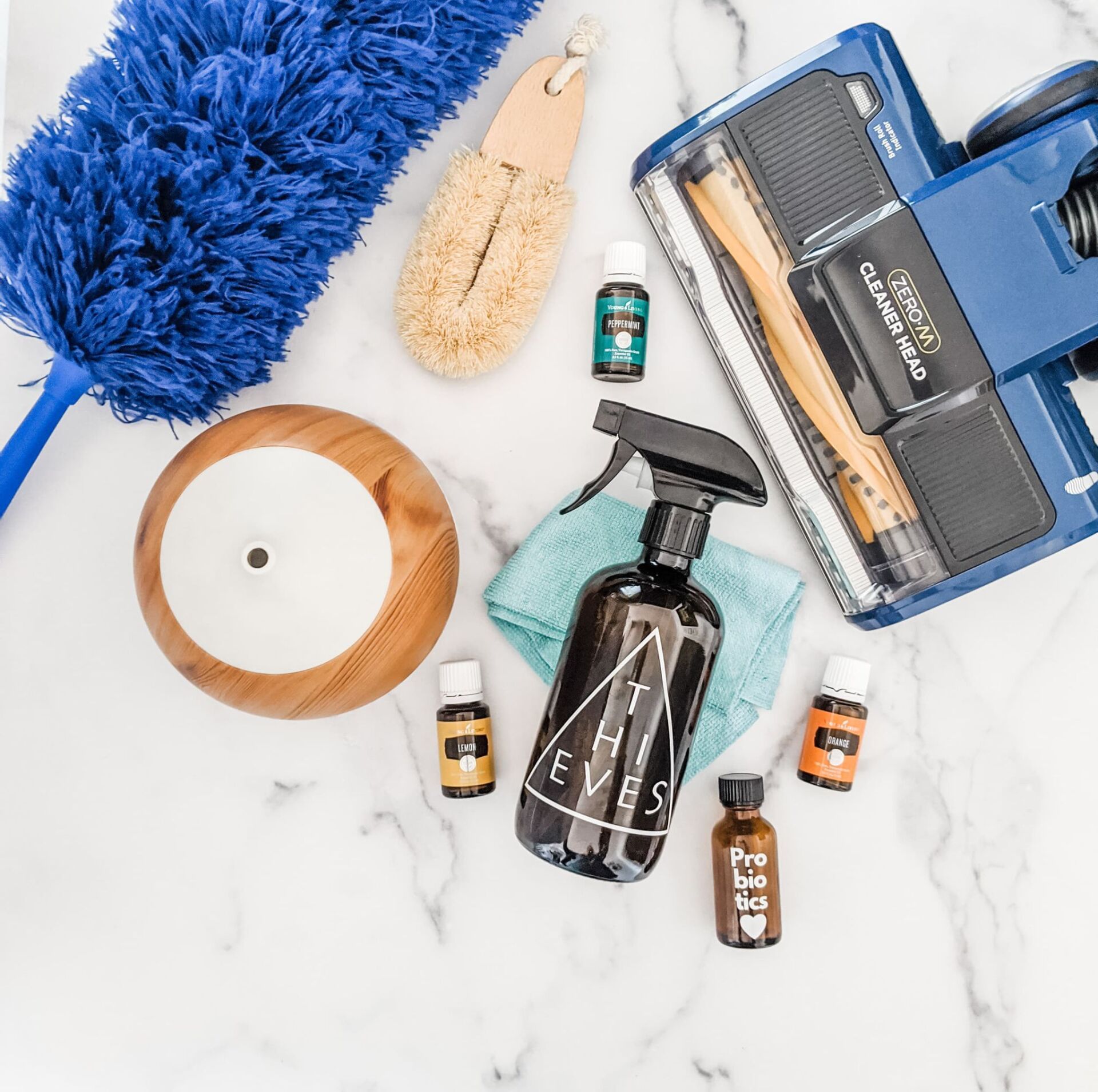The Role of Microfiber in Eco-Friendly Cleaning
A Sustainable Choice for Your Home
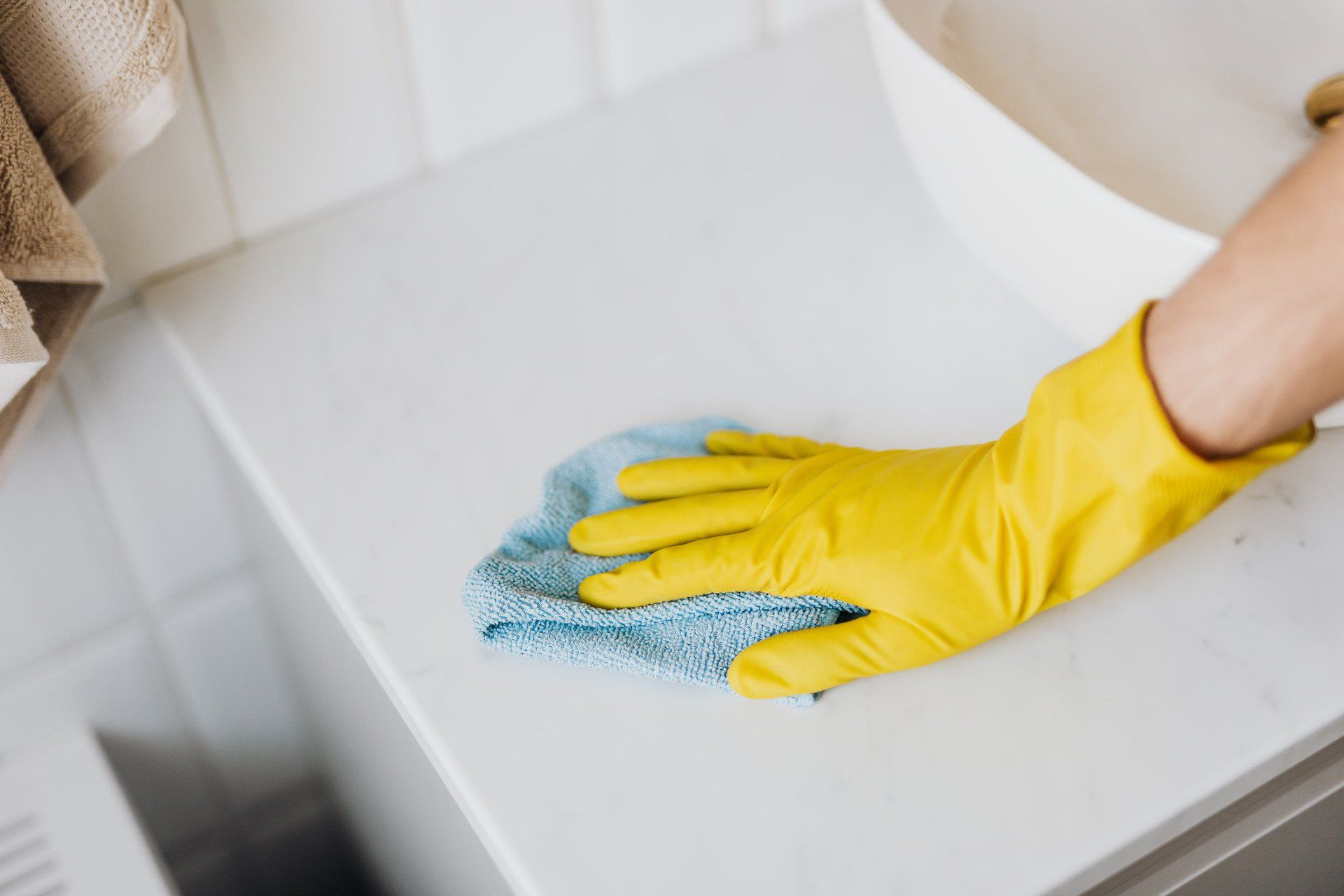
Microfiber has become an essential tool for eco-friendly cleaning, offering an effective, chemical-free way to maintain a spotless home. Unlike traditional cleaning cloths, microfiber is designed to trap dust, dirt, and bacteria at a microscopic level, reducing the need for harsh chemicals and disposable cleaning products. This makes it an ideal choice for organic and sustainable cleaning routines. Understanding how microfiber works and why it’s a key player in green cleaning can help you keep your home healthier and more environmentally friendly.
What is Microfiber?
Microfiber is a synthetic material made from extremely fine fibers, typically a blend of polyester and polyamide (nylon). Each strand of microfiber is about 1/100th the diameter of a human hair, which allows it to penetrate tiny crevices and lift dirt, grime, and bacteria that other cloths might leave behind. The split fibers create a larger surface area, enabling the cloth to absorb more liquid and trap dust more effectively.
Benefits of Using Microfiber in Eco-Friendly Cleaning
- Reduces the Need for Chemicals
Microfiber is highly effective at cleaning with just water, making it a staple in chemical-free cleaning routines. The fibers trap dirt and bacteria mechanically, meaning you can often eliminate the use of harsh chemicals. This not only makes cleaning safer for your family and pets but also reduces the number of harmful substances that end up in the environment. - Highly Absorbent
Microfiber cloths can absorb up to seven times their weight in water, making them excellent for wiping spills and drying surfaces quickly. This high absorbency reduces the need for multiple towels or paper products, helping to cut down on waste. - Reusable and Durable
Unlike disposable cleaning wipes or paper towels, microfiber cloths are reusable and can withstand hundreds of washings without losing their effectiveness. This durability makes them a cost-effective and sustainable alternative to single-use cleaning products. - Non-Abrasive Cleaning
Microfiber is gentle on surfaces, which makes it perfect for cleaning delicate materials like glass, mirrors, and electronics. Its non-abrasive properties ensure that it won’t scratch or damage surfaces, even when used dry for dusting.
How Microfiber Works in Organic Cleaning
The structure of microfiber allows it to effectively trap particles and bacteria without relying on chemical agents. Each fiber is split into tiny hooks that capture dirt and debris, locking them inside the cloth until it’s rinsed or washed. This mechanical action provides a deep clean while reducing the need for chemical disinfectants or cleaners.
- Dusting
Microfiber is especially effective for dusting, as its electrostatic properties attract and hold dust particles rather than pushing them around. This makes it a great choice for organic cleaning, where reducing airborne dust and allergens is key. - Surface Cleaning
When used wet, microfiber can clean a variety of surfaces, including countertops, sinks, and appliances. Its ability to lift and remove dirt means you can often skip the chemical cleaners in favor of water or a simple homemade solution, such as vinegar and water. - Streak-Free Glass Cleaning
Microfiber cloths are ideal for cleaning glass and mirrors without leaving streaks. Since they trap dirt and absorb moisture effectively, they provide a streak-free shine with just a bit of water, eliminating the need for commercial glass cleaners filled with chemicals.
Choosing the Right Microfiber Cloth for Your Needs
Not all microfiber cloths are created equal. Depending on the task at hand, there are different types of microfiber cloths that can enhance your green cleaning routine.
- General Purpose Cloths
These microfiber cloths are versatile and suitable for most cleaning tasks, from dusting to wiping down surfaces. They usually have a medium weave that makes them great for everyday cleaning around the house. - Glass and Polishing Cloths
Designed specifically for glass, mirrors, and other shiny surfaces, these cloths have a finer weave that ensures a streak-free finish. They’re also excellent for polishing stainless steel and other metal surfaces. - Heavy-Duty Microfiber
For scrubbing tough stains or outdoor cleaning, thicker, heavy-duty microfiber cloths provide extra durability and absorption. They can handle messier jobs while still reducing the need for chemical cleaners.
Caring for Your Microfiber Cloths
To get the most out of your microfiber cloths and extend their lifespan, proper care is essential.
- Wash Regularly
After each use, rinse your microfiber cloths with warm water to remove trapped dirt and bacteria. For a deeper clean, machine-wash them in warm water with a mild, eco-friendly detergent. Avoid using fabric softeners or bleach, as these can clog the fibers and reduce their effectiveness. - Air Dry or Tumble Dry Low
Allow your microfiber cloths to air dry, or tumble dry them on a low setting. High heat can damage the fibers, so it’s best to avoid using high-heat settings when drying. - Separate from Other Laundry
Wash microfiber separately from other fabrics, especially those that produce lint like cotton towels. This helps to maintain the cloth’s lint-free properties and ensures it remains effective for streak-free cleaning.
Microfiber is a key player in sustainable and organic cleaning routines. Its ability to clean effectively without chemicals, its reusability, and its gentle touch on surfaces make it a powerful tool for those committed to green living. With proper care, microfiber cloths can help you maintain a clean, eco-friendly home while reducing your reliance on disposable products and harmful chemicals.
In the Dallas-Fort Worth area? Organically Maid cleaning services can help keep your home or office sparkling naturally with organic and non-toxic cleaners and can save you time and energy! Contact us today for a free estimate.
Blog





